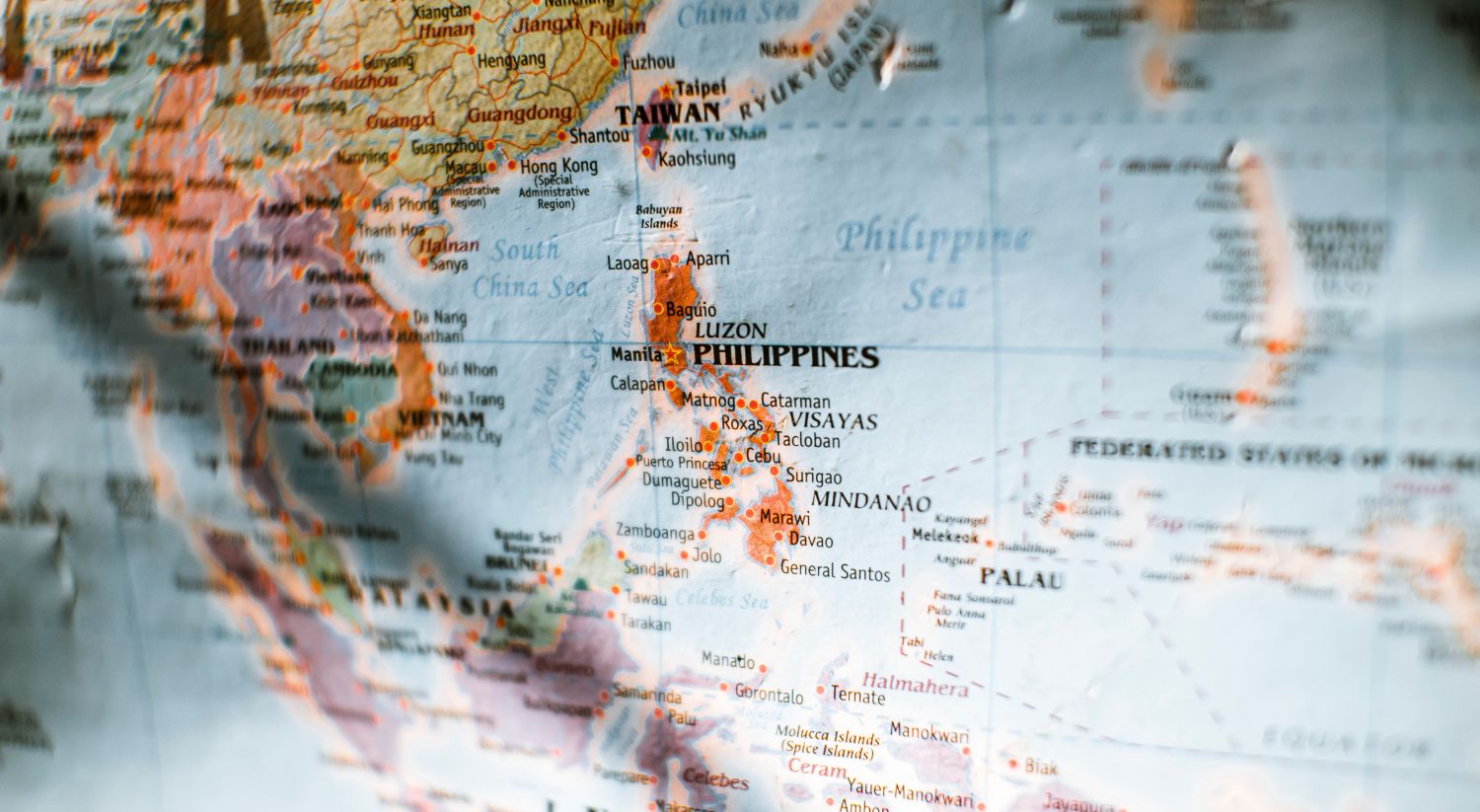
Learning Tagalog might seem overwhelming at first—almost like trying to speak an impossible language. But once you get the hang of it, you’ll discover that it’s far more approachable than you think. That’s because Tagalog is what linguists call a “composite language”—a tongue built on a primary base but enriched by elements of several others. As a result, it’s common to find words in Tagalog that sound familiar, even if you’ve never studied it before.
But why does Tagalog share so many words and expressions with other languages?
There’s a simple answer, though it comes with a complex history. You see, the Philippines has long been a highly desired territory in Southeast Asia. Thanks to its strategic location and natural wealth, it has been colonized and influenced by various civilizations over the centuries. This long and layered history has deeply enriched the language, making Tagalog one of the most unique and diverse languages in the region.
Curious to learn more about Tagalog and the linguistic journey of the Philippines?
Keep reading—because it’s a truly fascinating story.
Are Tagalog and Filipino the same language?
Yes… and no. Tagalog is often referred to as Filipino as a common way to describe the origin of the language. It’s similar to how we use Mandarin and Chinese, or Castilian and Spanish—essentially a colloquial way of tying a language to the land where it’s spoken. So, whether we say Tagalog or Filipino, we’re generally talking about virtually the same language.
Neither term is incorrect. For people in the Philippines, it’s not offensive or improper to refer to Tagalog as Filipino, or vice versa. However, it is a common mistake to assume that it’s the only language spoken in the Philippines. This misconception often stems from a lack of awareness about the country’s rich linguistic history.
While Tagalog is the most widely spoken language in the Philippines, it is not the only national language. Think of it as the most dominant and widely understood tongue. But since the 1960s, the Philippine government officially declared Wikang Pambansâ (or “Pilipino”) as the national language. This language is primarily based on Tagalog, but it also incorporates vocabulary and expressions from Spanish, English, and local languages.
Let’s now explore a few subtle but important differences you might notice in everyday use—differences that carry linguistic significance.
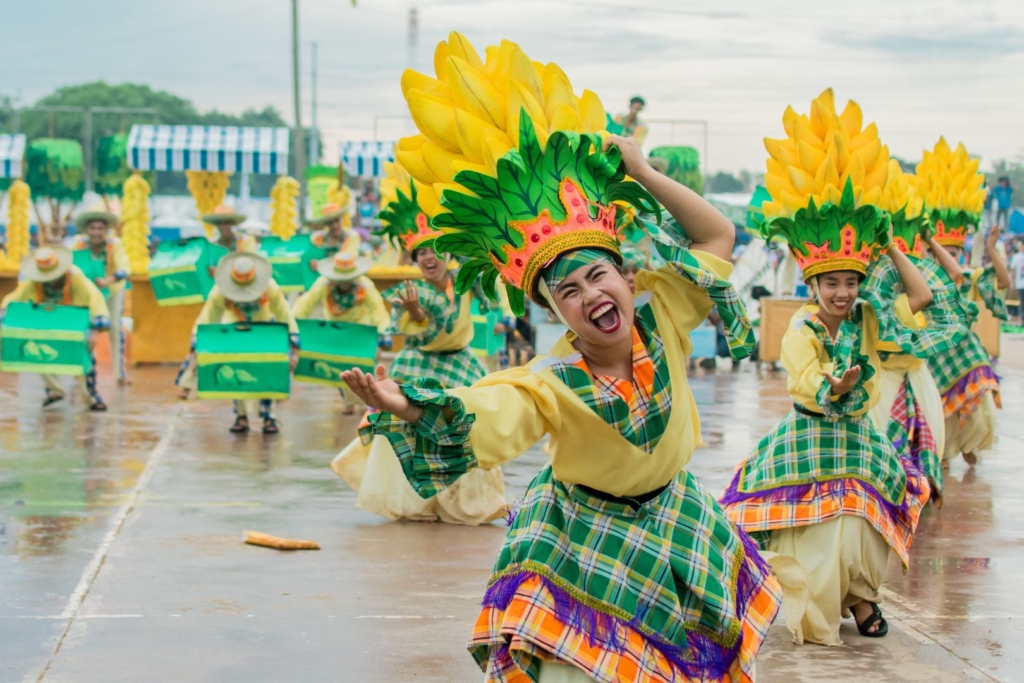
Basic differences between Tagalog and Wikang Pambansâ
Understanding why a country establishes an official language may seem difficult at first. Some might see it as arbitrary or even an imposition. However, in multilingual nations like the Philippines, this decision is often more practical than political. In today’s hyper-connected world, having a shared national language is essential for unity and communication.
And the Philippines is far from alone. Countries like India, China, and even Spain have maintained regional languages while establishing an official national one. In the same spirit, the Philippine government declared Wikang Pambansâ as the country’s official language in 1961. But how does it differ from traditional Tagalog? Let’s explore the most important distinctions.
Geographic and sociolinguistic reach
Tagalog is a regional language primarily spoken in the southern part of Luzon. On the other hand, Wikang Pambansâ (often referred to simply as “Filipino”) is the national language of the Philippines. It is used throughout the country as a lingua franca in public life, education, and government.
This makes Filipino a broader and more inclusive version of Tagalog. That doesn’t mean Filipino replaces Tagalog—it simply serves a national role, while traditional Tagalog remains localized and informal. Essentially, Filipino is spoken nationwide, while Tagalog in its pure form is limited to specific regions.
Incorporation of vocabulary from other languages
Filipino naturally integrates words from other Philippine languages such as Cebuano, Ilocano, and Hiligaynon. It also includes many loanwords from Spanish and English, thanks to centuries of colonial influence.
Furthermore, due to trade with Portugal and interactions with French colonists, the Filipino language has adopted a few colloquial expressions from Portuguese and French as well.
By contrast, pure Tagalog, especially as spoken in indigenous communities, preserves a more traditional linguistic structure and is less open to external influences or borrowed terms.
Usage in media and government
In daily life, as well as in official contexts like education, media, and government, Filipino is the standard language. Tagalog, meanwhile, is more commonly used in familial or regional settings, especially in its area of origin.
It’s completely normal for most Filipinos to speak both languages naturally. Filipino is used in formal communication, while Tagalog dominates in personal and informal situations.
Grammatical standardization
Filipino has undergone grammatical standardization, with clear rules and structures for academic and official use. Like Spanish and French, it has a governing body—the Komisyon sa Wikang Filipino (Commission on the Filipino Language), which is similar to the RAE in Spain or the Académie Française.
Traditional Tagalog, by contrast, displays more dialectal variation and colloquial verb forms. In short, Filipino is more structured, while Tagalog, like many evolving languages, remains flexible and informal.
Adoption of modern terminology
Filipino easily adopts modern and technical vocabulary, especially in science and technology. These terms are often phonetically adapted for ease of use—for example, “kompyuter” (computer) is a localized version of the English word.
Pure Tagalog, on the other hand, tends to resist these changes, favoring traditional equivalents. Language purists see this as a way to protect the native tongue, although avoiding modern terms is increasingly difficult—even for globally spoken languages like Spanish.
Spelling and writing style
Modern Filipino uses a standardized orthography based on the modern Latin alphabet, also known as Abakada. Tagalog retains older or phonetic forms, which often deviate from the national standard.
In other words, Filipino is more modern and adaptable, welcoming new grammar and vocabulary. Tagalog, by contrast, remains more conservative and closed to external influences.
Cultural and political perception
For many Filipinos, Filipino represents national unity and identity. While Tagalog is its linguistic base, it’s often viewed as an ethnic or regional language. This distinction carries social and political weight, and debates around it are not unique to the Philippines. Similar discussions exist in many countries where modern languages evolve from traditional ones.
With all these differences in mind, it’s natural to wonder…
If I’m going to the Philippines: Should I learn Tagalog or official Filipino?
If you’re planning a trip or a long-term stay in the Philippines, it’s completely natural to wonder which language you should learn. As we’ve already seen, both Filipino and Tagalog are closely related, but there are some key differences that might affect your choice.
Let’s be clear—there aren’t major differences in terms of understanding. However, your needs, interests, and the type of experience you’re looking for will influence what’s best for you. Here’s what you need to know:
Are Tagalog and Filipino really that different?
Although the terms are often used interchangeably, Tagalog and Filipino are not exactly the same. Tagalog is a regional language, historically spoken in Manila and surrounding provinces, while official Filipino is the national language spoken across the entire country.
Filipino incorporates linguistic elements from other Philippine languages like Cebuano, Hiligaynon, as well as from English and Spanish. In that sense, Filipino is a more standardized, modern, and widely used version of Tagalog—making Wikang Pambansâ the better choice for most people.
What other languages are spoken in the Philippines?
The Philippines is one of the most multilingual countries in the world, with over 170 languages, dialects, and regional expressions spoken throughout the archipelago. Still, Filipino and English are the two official national languages.
Filipino is widely understood, especially in official settings, media, and education. Meanwhile, pure Tagalog is mostly spoken in specific areas of Luzon. If you’re planning to travel between islands or regions, Filipino will be far more practical for effective communication.
What language is taught in Filipino schools?
Official Filipino is taught as a mandatory subject throughout the national education system, alongside English. While some materials may include references to Tagalog as the country’s native tongue, all teaching materials, textbooks, and assessments use standardized Filipino as regulated by the Komisyon sa Wikang Filipino.
This means every Filipino citizen is familiar with the official language, regardless of their native dialect.
What language is used in media and business?
When you visit the Philippines, you’ll notice that television, radio, newspapers, and social media predominantly use official Filipino. The same applies to politics, advertising, and much of the local business sector.
So, if you’re visiting for business, work, or study, Filipino is definitely the smartest choice.
When might it be worth learning Tagalog?
While Filipino is far more functional on a national level, Tagalog could be useful if:
- You plan to live long-term in rural areas or traditional communities in Luzon.
- You have a deep cultural or linguistic interest in the original Tagalog language.
- You want to better understand dialectal differences, colloquial expressions, or the historical roots of modern Filipino.
Still, for most visitors, learning pure Tagalog is not necessary. On the contrary, learning official Filipino will be key to navigating daily life and making meaningful connections.
Is speaking English enough to travel in the Philippines?
English is an official language in the Philippines and is widely used, especially in academia, business, and government. However, keep in mind:
In markets, residential neighborhoods, and rural communities, Filipino is much more common.
Learning a few Filipino phrases will help you connect with locals, show cultural respect, and avoid misunderstandings.
So yes, English will take you far—but speaking even a little Filipino can significantly enhance your experience.
Is Spanish common in the Philippines?
Many people mistakenly believe that Spanish is widely spoken in the Philippines. Unfortunately, if you’re expecting to use Spanish regularly, you might be disappointed.
While Spanish influence is deeply rooted in both Tagalog and Filipino, the actual use of Spanish is very limited today. Most Filipinos do not speak Spanish fluently or use it in daily life.
Tagalog or Filipino?
If you’re traveling to the Philippines, learning official Filipino is the way to go. It’s the most useful, widely understood, and practically used language throughout the country.
Tagalog can be valuable in specific cultural or regional contexts, but modern Filipino will give you a more complete and connected experience in the Philippines today.

Talkao translation tools: A Key travel aid in the Philippines
A trip to the Philippines is a life-changing experience—no doubt about it. This stunning country boasts a rich ancestral culture, breathtaking geography, and above all, its people are its greatest treasure. The warmth and friendliness of Filipinos toward visitors are known worldwide. It’s a hospitable and welcoming nation, always eager to share the beauty of its culture with travelers.
But here’s the good news: you don’t need to learn Tagalog, Filipino, or even speak English to enjoy your trip. Why? Because you already have the best translator in the world—your smartphone and the Talkao translation tools.
Your phone as a personal translator
Yes, your mobile phone can become your private and personalized real-time translator, allowing you to:
- Hold conversations in Tagalog, official Filipino, English, or any of the 125+ languages supported by the Talkao Translate app. You can translate in real time without needing extra devices or tools.
- Translate written text from any alphabet easily and accurately. With Talkao’s AI-powered text translator, you can translate documents, written content, and even text embedded in images using the camera translator feature.
- Learn common words, phrases, expressions, synonyms, and grammar through the Talkao Dictionary. You’ll have access to hundreds of Filipino words—or any language you need—right at your fingertips.
Boost your travel experience with basic Filipino phrases
To take your adventure even further, here are some everyday Filipino expressions that can help you connect with locals and make your stay more enjoyable:
Greetings and farewells
| Category | Phrase | Description |
|---|---|---|
| Formal greetings | Magandang umaga | Good morning |
| Magandang hapon | Good afternoon | |
| Magandang gabi | Good night | |
| Casual greetings | Kamusta? | How are you? |
| Hi o Hello | Hello |
| Category | Phrase | Description |
|---|---|---|
| Formal farewell | Paalam | Farewell |
| Hanggang sa muli | See you soon | |
| Casual farewell | Ingat | Take care |
| Bye | Bye |
Basic manners
| Category | Phrase | Description |
|---|---|---|
| Apologies | Pasensya na | Sorry! |
| Patawad | Apologize me! | |
| Being sorry | Paumanhin po | Forgive me! |
During your trip
| Category | Phrase | Description |
|---|---|---|
| At the airport | Saan ang check-in counter? | Where is the counter? |
| Anong oras ang flight? | At what time the flight depart? | |
| At the hotel | May reservation ako | I have a reservation |
| May Wi-Fi ba? | Do you have Wi-Fi? | |
| At the restaurant | Puwede bang makita ang menu? | Can I see the menu? |
| Ang sarap! | This is tasty! |
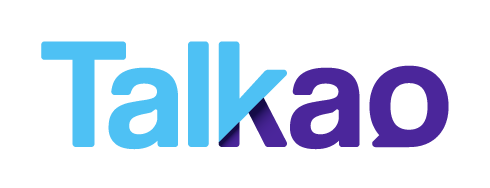






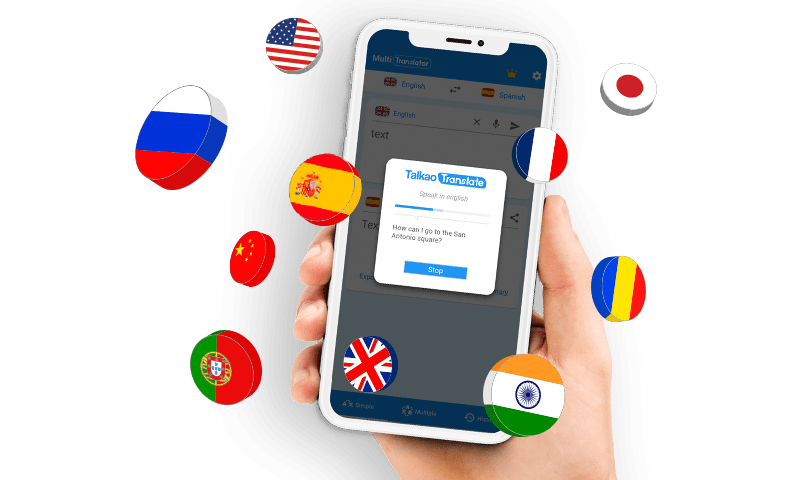

Newsletter